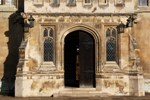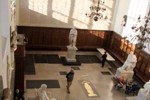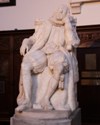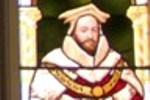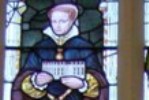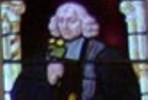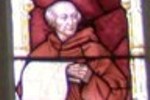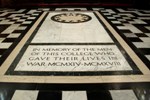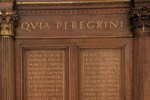Guided tour
Welcome to our brief tour of the Chapel of Trinity College.
This tour will give you an idea of the principal features of the Chapel. You can click on the pictures to see enlargements.
3: Statues, six fine sculptures of great Trinity men.
| 4: Organ, built by Metzler of Zürich, incorporating the organs built by ‘Father’ Bernard Smith in 1694 and 1708. Information on the organ and details of forthcoming recitals may be found here. |
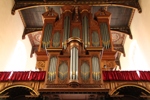 |
| 5: Chapel. | 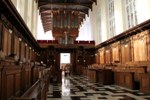 |
| 6: Eagle lectern. The word of God is read aloud from here. |
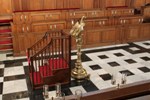 |
| 7: Stalls. The seating is laid out in an arrangement traditional to Cambridge college chapels. |
|
| 8: Coats of arms commemorating Fellows of Trinity, including Newton. |
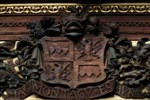 |
9: Windows. The stained glass in the Chapel windows is mid-Victorian . Descriptions of the theme of each window and the figures portrayed may be found here.
12: Baldacchino and altar painting of St Michael binding Satan, by Benjamin West.
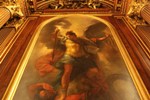 |
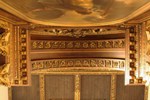 |
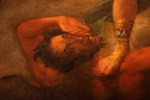 |
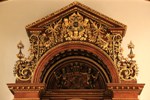 |
|
Altar painting by |
Baldacchino, viewed from below |
Satan, vanquished by St Michael: altar painting |
Baldacchino |
| 13: Master’s and Vice-Master’s stalls, either side of the Chapel doors. Information on the Masters of Trinity may be found here (on the College website). |
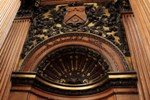 |
| 14: Vestry. This is where the clergy prepare for each service. |
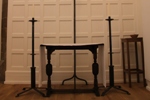 |
| 15: Sekford tomb (in the Vestry). The finest tomb in the Chapel, commemorating a 15-year-old student. |
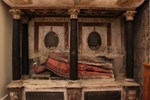 |
| 16: Memorial brasses. These commemorate former Fellows of Trinity of exceptional intellectual eminence or service to the College. |
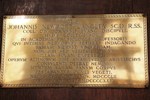 |
| 17: Interments. Between 1567 and 1886 burials were made beneath the floor of the Ante-Chapel. The stone illustrated commemorates Elzimar Smith, the only woman buried in the Chapel. |
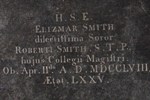 |
| 19: World War II memorial. The inscription says: Night and day they were a wall around us. |
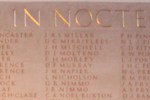 |

